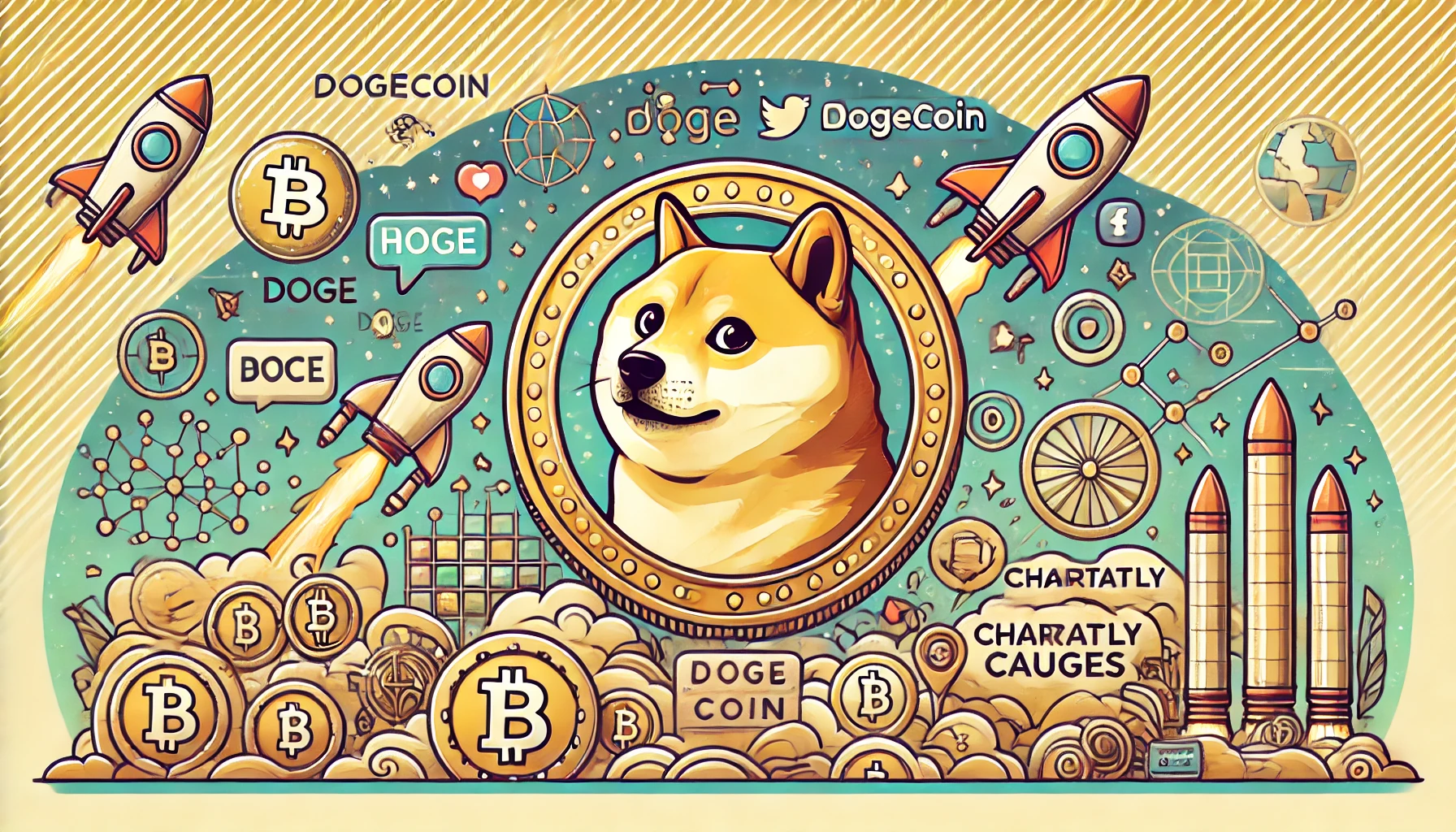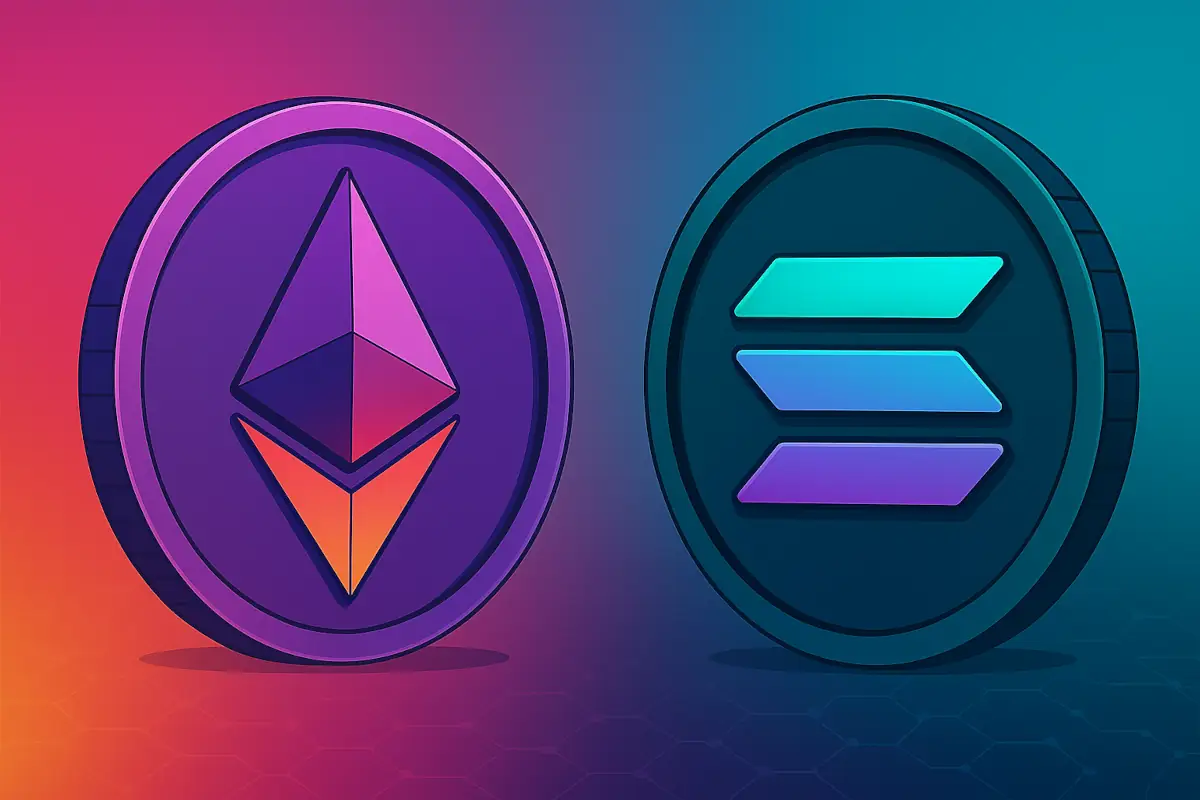Dogecoin, the cryptocurrency that started as a joke, has become one of the most well-known and talked-about digital assets in the world. Its journey is filled with humor, community spirit, and surprising turns that have captured the imagination of both crypto enthusiasts and the general public.
Dogecoin was created in December 2013 by software engineers Billy Markus and Jackson Palmer. Inspired by the popular “Doge” meme featuring a Shiba Inu dog with captions written in broken English and Comic Sans font, Markus and Palmer decided to create a fun and friendly alternative to Bitcoin. They aimed to reach a broader audience by distancing their coin from the controversy and complexity that often surrounded other cryptocurrencies.
The creation of Dogecoin was relatively simple. Markus used Litecoin’s codebase to develop Dogecoin, which meant it also employed the Scrypt technology for mining. Unlike Bitcoin, which has a capped supply of 21 million coins, Dogecoin was designed with an initial cap of 100 billion coins. However, this cap was later removed, making Dogecoin an inflationary cryptocurrency with an unlimited supply.
Despite its humorous beginnings, Dogecoin quickly gained traction. Its mascot, the Shiba Inu dog, and the light-hearted approach appealed to a wide range of people. The Dogecoin community, often referred to as the “Doge Army,” became known for its generosity and sense of humor. They organized charitable events and fundraisers, such as sponsoring the Jamaican bobsled team for the 2014 Winter Olympics and building wells in Kenya.
One of Dogecoin’s defining moments came in January 2021, when a Reddit group called WallStreetBets, known for driving the GameStop stock frenzy, turned their attention to Dogecoin. The price of Dogecoin soared, gaining over 800% in just 24 hours. The coin, which had been worth a fraction of a cent for most of its existence, reached an all-time high of $0.08. This surge brought Dogecoin into the mainstream spotlight, attracting new investors and media attention.
Another significant boost to Dogecoin’s popularity came from Elon Musk, the CEO of Tesla and SpaceX. Musk frequently tweeted about Dogecoin, calling it “the people’s crypto” and sharing memes related to the coin. His tweets often caused sharp increases in Dogecoin’s price and brought even more attention to the cryptocurrency.
However, Dogecoin’s journey has not been without its challenges. Its unlimited supply means it lacks the scarcity that gives other cryptocurrencies, like Bitcoin, their value. Critics argue that this makes Dogecoin more susceptible to inflation and decreases its potential as a long-term investment. Additionally, the coin’s value has been highly volatile, influenced by social media trends and celebrity endorsements rather than fundamental technological advancements.
Despite these challenges, Dogecoin has maintained a loyal and active community. It is widely used for tipping content creators on social media, fundraising, and making small online transactions. Several businesses, including major brands like Dallas Mavericks and Newegg, have started accepting Dogecoin as a form of payment, further legitimizing its use.
In conclusion, Dogecoin’s history is a fascinating tale of how a joke turned into a legitimate cryptocurrency. Its rise to fame is a testament to the power of community, social media, and the unpredictable nature of the digital world. While its future remains uncertain, Dogecoin has undoubtedly left an indelible mark on the cryptocurrency landscape, proving that even the most whimsical ideas can become significant players in the financial world.




